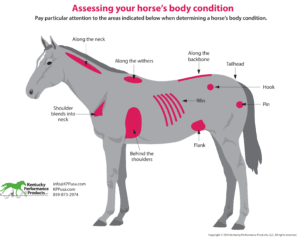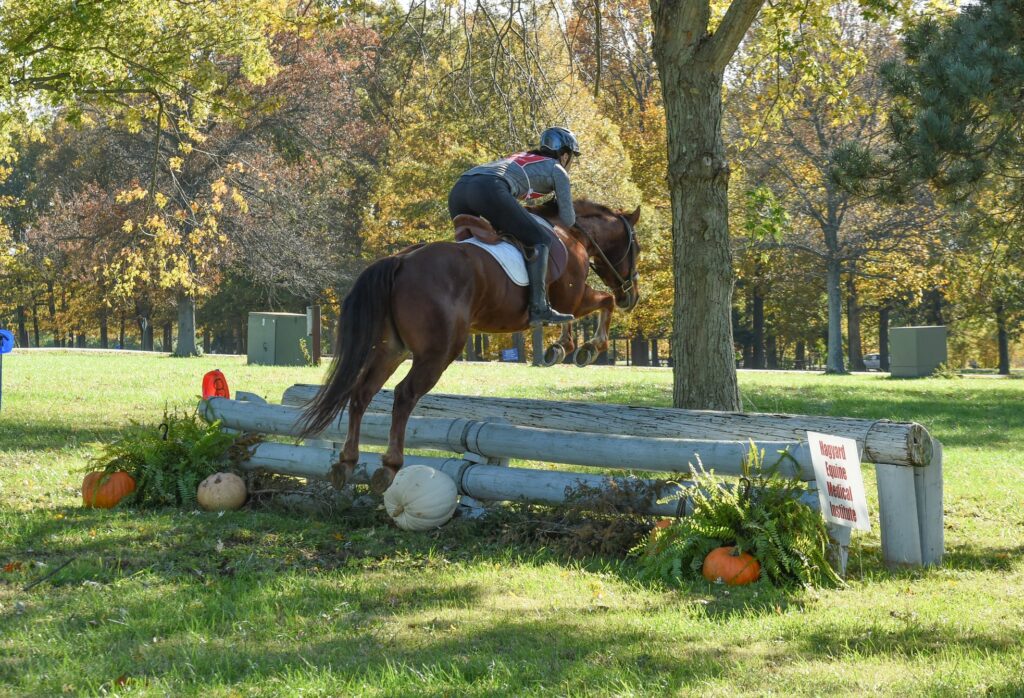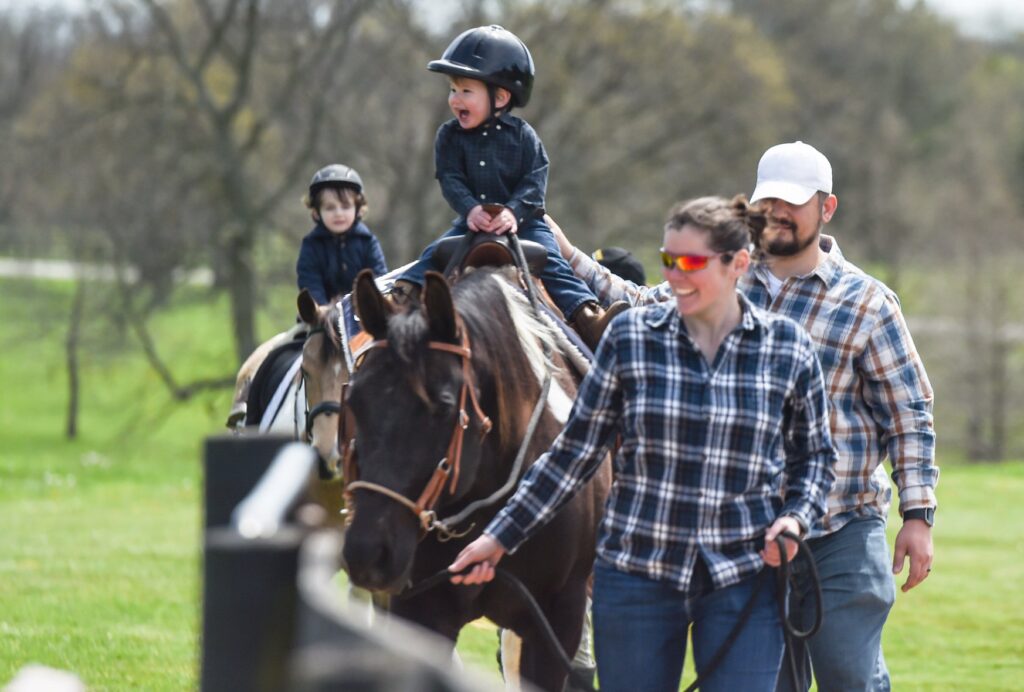As the seasons shift, a horse’s dietary needs also change. Whether you’re preparing a horse for the colder months or transitioning them back into spring, you can take several practical steps to manage your horse’s diet—and keep your horse healthy—during these seasonal turning points.
 Assess Your Horse’s Body Condition
Assess Your Horse’s Body Condition
Before making any dietary changes, start by evaluating your horse’s current body condition. Body condition score (BCS) is one way to generally gauge your horse’s fat coverage and overall health (you can also determine a horse’s weight more precisely by using a livestock scale or the formula method). Approaching the cooler months, for most horses you should aim for a BCS between 4 and 6. This range provides a buffer against weight loss during winter as your horse uses more energy to stay warm.
Horses with less body fat may need additional calories to maintain their condition as temperatures drop, while those with a higher BCS might require careful management to avoid obesity, particularly if their activity level decreases during winter.
Be Aware of Sugar Levels in Grass
Sugars in pasture grass can vary with season, temperature, and time of day. The sugar level in grass rises in the sun during photosynthesis, then falls overnight as the plant uses those stored sugars. Experts generally recommend that horses who are insulin-resistant (or “easy keepers” that might be at risk of obesity and laminitis) graze very early in the morning when sugar levels are lower. But during the transitional seasons of spring and fall, when daytime temperatures are warm but fall below 40°F at night, it’s prudent to limit early morning pasture grazing. That’s because chilly overnight temperatures can slow or stop grass from growing, leaving high levels of sugars in the plant’s leaves.
Evaluate Pasture Quality and Availability
As fall approaches, grass growth slows and nutrient levels drop, meaning your horse will be consuming less quality forage at pasture. If you rely heavily on pasture during the summer, start supplementing with high-quality hay as the grass dies back. Consider the type of hay you’re offering—alfalfa, for example, is more calorie-dense than grass hay and can be an excellent source of extra calories for horses who need to maintain or gain weight during the winter.
Even if your horse is on the heavier side, don’t reduce or stop their access to forage (in hay form) in an effort to lower the calories in their diet. Horses should consume between 1.5% to 2% of their body weight in forage daily. Instead, consider reducing high-energy grains or concentrates and providing a more mature, grass hay, which will have fewer calories than alfalfa or less mature grass hays, but still provide fiber.
Fall Diet Adjustments
Transitioning a horse’s diet from summer to fall often involves gradually introducing additional calories into their diet. As the weather cools, horses expend more energy to keep warm, and their dietary needs increase. This is particularly important for older or thinner horses.
Start by gradually increasing the amount of hay you offer, ensuring they have access to high-quality, free-choice forage at all times. (In spring, when pasture becomes more lush and your horse will have more access to fresh grass, you’ll need to gradually transition them again, from hay to pasture.)
For horses who need to maintain or gain weight, consider adding a fat source such as stabilized rice bran like Equi-Jewel® to their diet. This provides a concentrated energy and fiber source without high-starch feeds, which can exacerbate other metabolic issues.
Article written by KPP staff.
Copyright (C) 2024 Kentucky Performance Products, LLC. All rights reserved.















